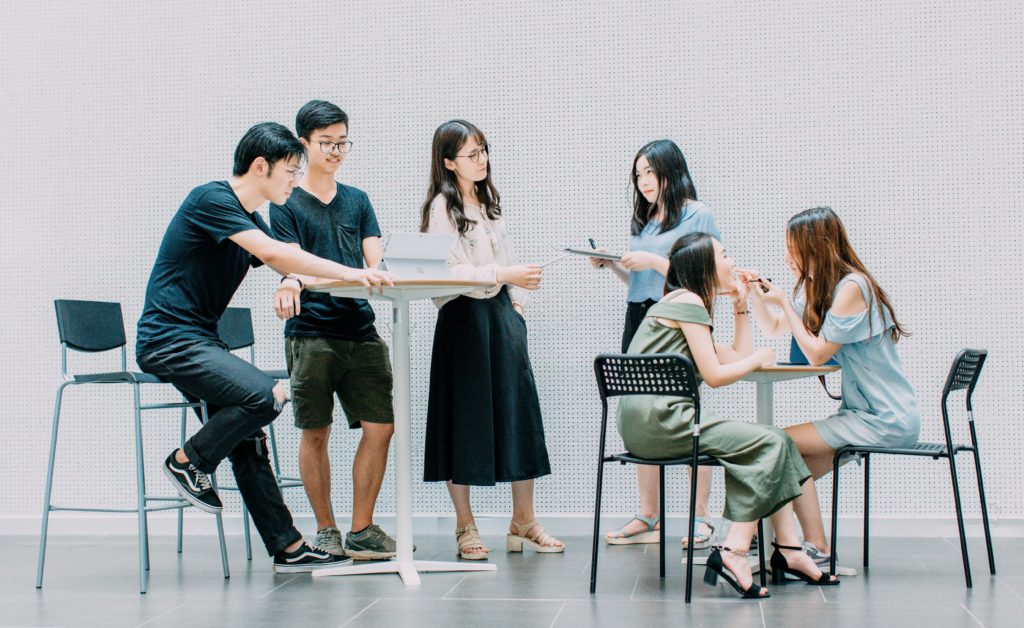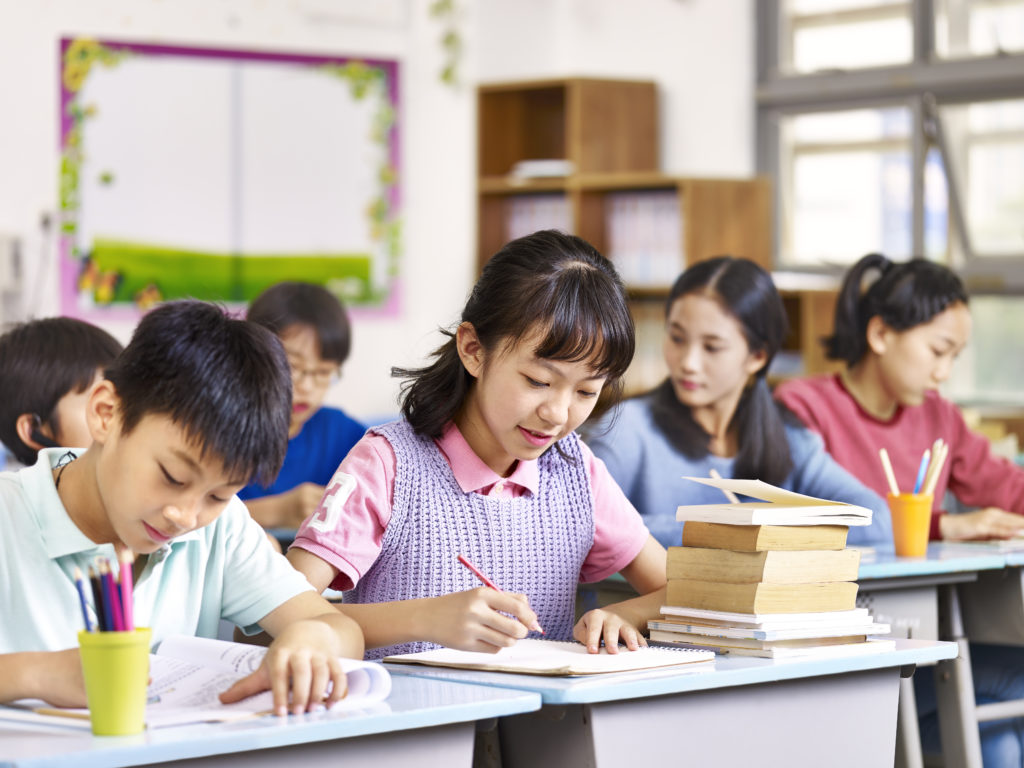Educational differences between China and the US stem from cultural norms, population, and resources. During recent years, more and more students have attended American summer school programs. After experiencing American education first-hand, many of these students become more interested in attending a secondary school in the US. To a large extent, this is because of how different education in China and the US is. In this post, Ivy Talent Education will compare the different styles of teaching in Chinese and American schools, and why Chinese families want to send their children to the United States to study:

1. Teaching style: China’s economic development varies significantly from province to province and between urban and rural areas, so resources are often unevenly distributed. Some teachers have access to technology that allows them to project their lessons, while others only have access to blackboards. In most schools in the United States, projecting class notes in the form of PowerPoint (PPT) or Google Slides presentations is the most common. The digital presentations allow for class notes to be posted in a Learning Management or Course Management System like Moodle, Google Classroom, Blackboard, etc. Students are able to review notes and other information more easily outside the classroom. Teachers frequently use these platforms to enable discussion boards, quick knowledge test quizzes, and direct communication, which is very uncommon in Chinese public schools. In addition, in Chinese classrooms, the emphasis is on respecting teachers. Since there are usually more students in Chinese classrooms (approx. 35 – 50), teachers lecture while students listen, there is not much interactivity in the class. Desks are generally lined up in rows, with all students facing towards the teacher. Whereas in the United States, class discussion and participation are emphasized more heavily. Some schools have class sizes as small as ten students or less. In liberal arts classes, the Harkness or Socratic methods are frequently used. In the Harkness method, the teacher and students sit around an oval table in order to have an interactive class and to facilitate discussion. The Socratic method is similar, but doesn’t require a specific table, instead it focuses asking and answering questions in class to bring about discussion.
2. Testing. In most Chinese high school classrooms, a student’s main goal is to do well on exams. In Chinese schools, grades hold substantial weight. The only way for teachers to evaluate students is based on their final test scores. This is significantly different from US schools where assignments like homework and papers as well as class participation factor into grades in addition to exams. In American classrooms, the grades on assignments throughout the semester and the final exam results are averaged together to calculate a student’s final grade and all grades are averaged to create a GPA or (Grade Point Average). Some teachers may even give students opportunities to earn extra credit in order to boost their grade in the class. In Chinese schools, there are monthly exams, as well as mid-term and final exams. To enter senior high school, in 9th grade, students must take the High School Entry Exam (HSEE) or Zhongkao. If a student does not do well on this single exam, they are unable to enter an academic senior high school and must attend vocational or technical school or drop out of school. If students do not attend an academic / college preparatory senior high school, there is no way for them to attend a bachelor’s degree program. In academic senior high school, students seeking further education must take the college entrance exam, called the Gaokao, which is held only once a year, and is separate from classroom grades. A student’s performance on this one exam determines which universities they can attend and what their major will be. This is vastly different than college / university admissions in the US and Canada, which use exam scores as only one component of an individual to be evaluated as part of the admissions process.
3. Academic Awards. Beginning in Chinese elementary schools, merit certificates or prizes such as school supplies or daily necessities are often given to students as incentives to do their best. In the US, elementary school classrooms generally provide small rewards like candy more often. For older students, there are many national Chinese academic Olympiad competitions, particularly in science and technology. Chinese schools push students to enroll in these competitions in order to raise their own ranking provincially or nationally. Some of these competitions will give students extra points on the Gaokao, the college entrance examination. Chinese students are therefore highly incentivized to participate in academic competitions and take extra classes outside of school to prepare for them. This differs from most schools in the US where state or national academic competitions outside of quiz bowls and math leagues are much less common. Students in US schools wishing to enter competitions generally seek these out and plan entry on their own.

4. One-on-one attention: In America, students are encouraged to read and discuss the news in class. In US classrooms, both serious and light-hearted, entertaining topics are good conversation points. However, in Chinese high schools, teachers are unlikely to mention entertaining topics in the classroom, as they worry some students may complain that the lesson does not relate to the textbook. For most Chinese teachers, mastering concepts from the textbook is most important as student performance is primarily judged via testing based on memorization of material. Chinese teachers focus on providing an effective lesson for the class as a whole, while American teachers frequently tailor their lessons to the individual levels of each student in order to create good outcomes.
5. Teamwork: Schools in China emphasize a 1 to many teaching model where the teacher lectures students who simply take notes and generally do not participate in the classroom. Students rarely have the opportunity to form groups and participate in any added learning activities or projects. This is primarily due to the test-centric teaching style and focus on numerical grades as achievement as opposed increasing understanding of the subject. In American classrooms, teachers often assign group projects such as posters, models, and the creation of short films. Hands-on projects allow for students to apply the knowledge they’ve learned in class. Schools often have students participate in fieldtrips, surveys and operate with the most authentic records.
6. School activities. In Chinese schools, students do not have much time outside of academics. They have to work hard to prepare for the college entrance exams and academic competitions. American schools, however, are full of campus activities, athletics such as basketball, rugby, volleyball, cheerleading, etc., but also student organizations, such as various culture clubs, culinary clubs, student publications, debate, and performing arts.
Although both Chinese and American parents want the best for their children, they often look at education differently. American parents view education as only a portion of their children’s lives, looking more to developing interests and understanding of the works, while Chinese parents see education and grades as the biggest factor in their children’s future success.
Author: Lily
Date: June 9th, 2020
